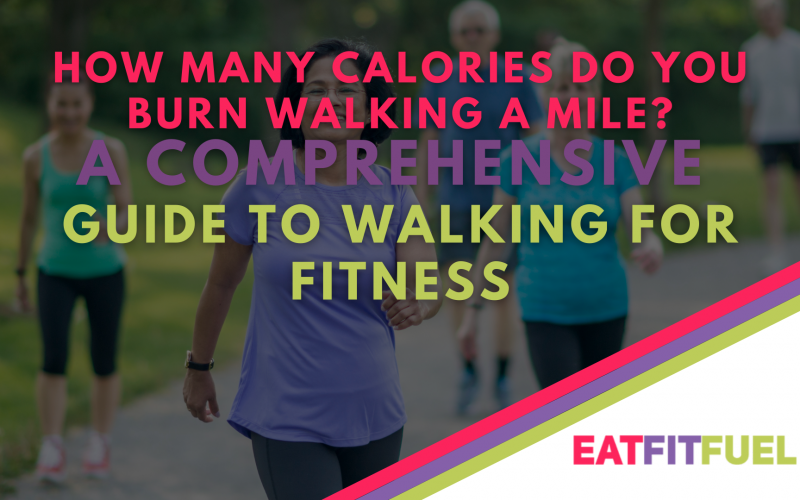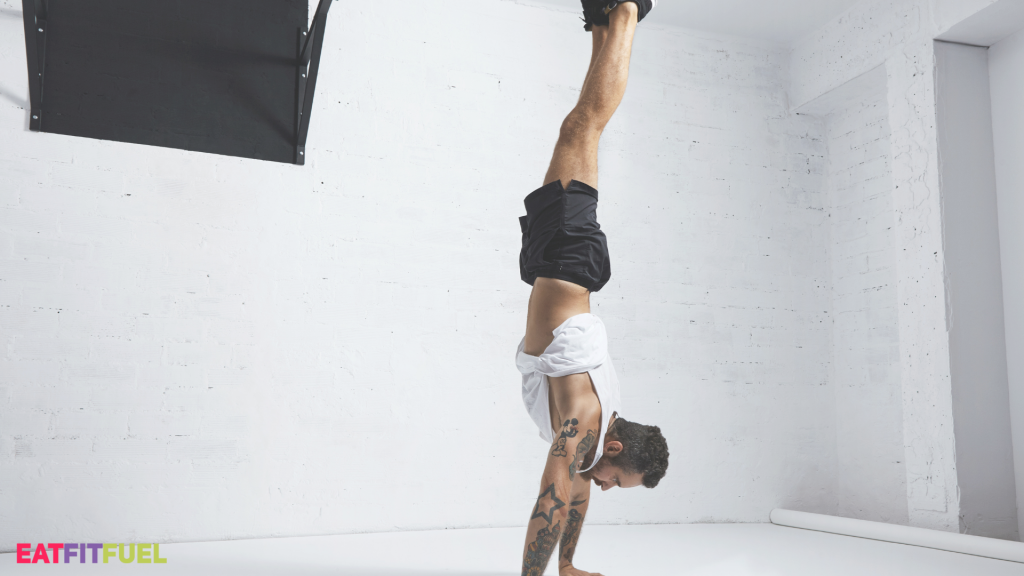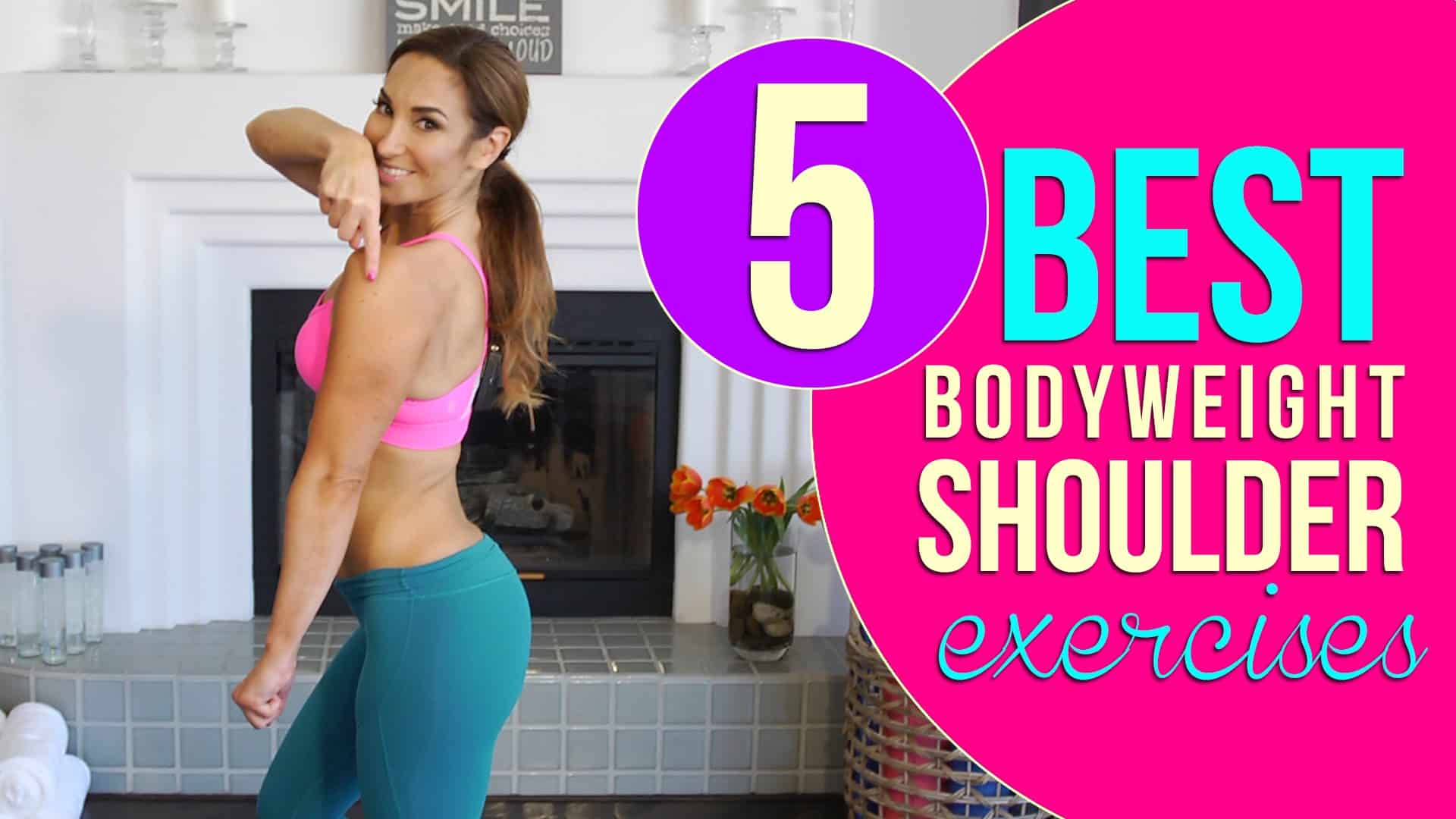The idea that you have to be writhing in pain to get a good workout is a myth. In fact, experts say that the calories burned while walking are some of the most sustainable toward fitness and weight loss goals. How Many Calories Do You Burn Walking a Mile? Walking helps to improve cardiovascular health and leads to stronger bones and an elevated mood. Regular walking also helps with weight loss and maintenance when done consistently.
But how many calories does this low-impact yet highly advantageous exercise burn? The number of calories burned depends on various factors. Understanding these variables gives you the information you need to estimate the calories burned more accurately. Getting a reasonable estimate enables you to track your caloric expenditure for weight loss and maintenance goals. Let’s get into the discussion.
How Many Calories Do You Burn Walking a Mile?
5 Key Factors that Influence Caloric Burn
How Weight and Pace Impact Calorie Expenditure
Impact on Weight Loss and Management
How to Burn More Calories
How to Track the Calories Burned While Walking
So, Are You Burning Enough Calories?
5 Key Factors that Influence Caloric Burn
Have you ever wondered why your friend would take part in the same exercises as you do but burn a different number of calories? Why do calorie burn rates vary so much from person to person? Is there anything that can be done to increase how many calories a person burns?
This is all about metabolism, a broad term for the many bodily processes that help break down nutrients into energy. Metabolism is far from simple. However, some factors play a huge role in how fast or slow one person burns calories compared to the other. Let’s talk about the factors that affect how many calories a person burns:
1. Body Weight
Usually, the more a person weighs, the more calories they burn when working out. Remember that calories measure energy, and it takes a lot more energy to move your body when you weigh more. You may have noticed that you burned more calories during your workout routines before losing the extra pounds. You therefore need to work out longer and with more intensity to reach the same level of calorie burn.
Heavier people tend to have larger internal organs such as the heart, liver, and kidneys. These organs play a significant role in how many calories a person burns even at rest, because they need additional energy to function.
Considering that we burn fewer calories when losing weight, it’s common for your weight loss momentum to stall at some point. That’s usually because your metabolism has changed and needs you to adopt a different approach to maintain a calorie deficit.
2. The Workout Routine
Have you ever noticed how many more calories a person burns when they start a new workout routine? There’s usually a drop and plateau in their calorie burn rate after a while when they continue with the same workout plan. That’s why it’s important to diversify your workout activities because the body adapts to the same routine after some time.
Remember that as time goes by, you begin to burn fewer calories. Basically, you’re becoming more fit and using calories a lot more efficiently. But if you intend to burn more calories and lose fat, this wouldn’t be of much help.
So, if you realize that your body has adapted to a workout routine and there’s a plateau in the number of calories you burn, it would be best to make changes to your routine.
3. Workout Intensity
It’s possible that you’ll burn more calories compared to your gym-mate during the same workout if you’re exercising at a higher intensity. A high-intensity workout basically means you’re breathing heavily and cannot hold a conversation due to the exercises since you’re burning about twice as many calories compared to someone else working out at a lower intensity.
It’s important to note that exercising has benefits beyond burning calories. Even a 150-minute workout of low intensity per week, for instance, will bring you many health benefits. This includes lower blood pressure, less anxiety, and better sleep. So if a 5-mile jog isn’t for you, you can opt for a 2-mile brisk walk.
4. Muscle Mass
Muscles burn more calories than fat tissue. Thus, having a greater muscle mass means more calories are burned per workout. You may have a friend that weighs the same as you but if a higher percentage of your weight is because of the muscle mass, you’ll burn more calories compared to your friend.
According to statistics, one pound of muscle burns about five calories daily. So, the more muscles you have, the more they contract during a workout, requiring more energy, which translates to more calories burned. To boost your calorie burn, engage in more strength training to build muscles and burn more fat for more weight loss.
5. Biological Sex
When it comes to metabolism and the calorie burn rate, men have a greater advantage. They tend to burn more calories at rest and during a workout routine compared to women. This can be attributed to their larger size and greater muscle mass.
Men burn between 5%-10% more calories at rest compared to their counterparts, a percentage that increases with more exercise.
Women can increase their muscle mass through strength training. However, they won’t become as lean as men. As regards the ratio of muscle to fat, men always have a higher muscle ratio due to genetic differences. And remember that women are predisposed to store more fat due to hormonal production and childbearing.
How Weight and Pace Impact Calorie Expenditure
Body weight and walking pace are major determinants of how many calories a person burns per mile. The calculations also integrate a person’s basal metabolic rate. Below is an overview:
- Basal Metabolic Rate: BMR is the minimum number of calories the body needs to perform crucial functions like breathing, blood circulation, and cell production.
- Calories Burned = BMR + (Intensity of activity X Weight in pounds X Duration in minutes)/ 200.
The above formula shows weight directly impacts calorie expenditure. Keep in mind that a heavier person burns a lot more calories while walking at the same speed because of higher energy requirements for moving more weight.
Moreover, an individual’s walking pace dictates the exercise “intensity” utilized in the formula. Note that faster paces have higher intensity, causing the body to burn more calories per minute. For a 185-pound person, for instance, brisk walking for a mile (4 mph pace) will lead them to burn about 100 calories. If the same person walks for a mile at a very brisk pace (5 mph), they can burn 135 calories. This is 35 extra calories resulting from the increased pace.
Here’s a table showing the potential calorie expenditure during a casual walk(3 mph). It has estimates for people with different weights:
| Weight (lbs) | Weight (kg) | Calories Burned per Hour (3 mph) |
| 125 | 56.7 | 180 |
| 150 | 68.0 | 216 |
| 175 | 79.4 | 252 |
| 200 | 90.7 | 288 |
| 225 | 102.1 | 324 |
| 250 | 113.4 | 360 |
| 275 | 124.7 | 396 |
| 300 | 136.1 | 432 |
Impact on Weight Loss and Management
Calorie burn from walking adds up to the overall daily energy expenditure. The addition is significant when done regularly as part of a consistent fitness routine. Note that staying in a caloric deficit for weeks and months leads to measurable fat and weight loss.
If a person, for instance, needs 2,500 calories per day:
- Without walking – consumes 2,500 calories, and maintains the current weight.
- Adding a 4-mile walk (4 MPH) per day – burns 490 extra calories from walking, in a daily deficit of 490 calories below the 2,500 goal, they lose about 1 pound weekly.
This proves that caloric deficit obtained from consistent walking leads to gradual fat and weight loss over time. Below are the tips that can help to maximize calorie burn during walks for more weight loss:
- Use of walking poles
- Walking outdoors with varied terrain
- Embrace hills, slopes, and stairs in your route
- Intermix intervals of brisk and very brisk walking
- Increase the distance traveled when comfortable
Physical exercises alone may not always create a significant caloric deficit for weight loss in a person. However, adjusting dietary intake and including lifestyle factors in addition to physical exercises will help to optimize weight management.
How to Burn More Calories
Walking more miles is one of the best ways to burn more calories. You may be tempted to move much faster, however, you must note that it has very little effect on the amount of calories burned per mile. But it can make a difference in other ways, if you only have 10 or 20 minutes to walk, moving much faster will be a good strategy.
Here’s a table showing estimates of the calories burned per hour of brisk walking (3.5-4.5 mph) for people with different weights:
| Weight (lbs) | Weight (kg) | Calories Burned per Hour (3.5-4.5 mph) |
| 125 | 56.7 | 225 |
| 150 | 68.0 | 270 |
| 175 | 79.4 | 315 |
| 200 | 90.7 | 360 |
| 225 | 102.1 | 405 |
| 250 | 113.4 | 450 |
| 275 | 124.7 | 495 |
| 300 | 136.1 | 540 |
Other forms of movement that you can incorporate to burn more calories are running and racewalking. Running burns more calories per mile compared to walking. This is possible because of the effort of the lift phase that raises both feet off the ground at the same time when running.
When it comes to racewalking, you’ll be able to use more muscles during a stride compared to regular walking or even running. This causes the body to burn more calories per mile during a workout routine. Adding hills, stairs, or the treadmill incline to a walking workout helps to burn more calories and adds intensity. You can also burn more calories by utilizing fitness walking poles, as they add an upper-body muscular effort to a walking workout.
Below is a table showing the potential calorie expenditure per hour during racewalking (Over 6 mph). It also has estimates for people with different weights:
| Weight (lbs) | Weight (kg) | Calories Burned per Hour (Over 6 mph) |
| 125 | 56.7 | 450+ (Estimated) |
| 150 | 68.0 | 540+ (Estimated) |
| 175 | 79.4 | 630+ (Estimated) |
| 200 | 90.7 | 720+ (Estimated) |
| 225 | 102.1 | 810+ (Estimated) |
| 250 | 113.4 | 900+ (Estimated) |
| 275 | 124.7 | 990+ (Estimated) |
| 300 | 136.1 | 1080+ (Estimated) |
The estimates above are based on the assumption that race walkers are maintaining the specific racewalking technique and speed.
You might be tempted to carry weight as a way to burn more calories. You must, however, note that this might put a strain on your joints and feet. That’s why it’s best to walk an extra few minutes and make the desired difference.
So, if weight management is your goal, increasing your activity will help you burn more calories. You must also consider your nutritional needs and use a weight loss calculator to see what your calorie goal should be depending on how physically active you are.
So, Are You Burning Enough Calories?
Knowing whether you’re burning enough calories while walking can be tricky unless you’re using a tracker. The best thing is you can simply look at your body to tell whether you’re working hard enough.
Have you, for instance, ever been out of breath while working out? Well, that’s a good indicator that you’re on the right path. You want to aim for a thin layer of sweat and be slightly out of breath if you were to talk as you engage in your workout routine. If you were to do a slower endurance walk, you want your rate of perceived exertion (RPE) to be at a six out of ten.
The rate of perceived exertion is one way of measuring how hard a person is working during a physical activity on a scale of one to ten. If your walking workout is of high intensity with dumbbells or lunges throughout, your RPE should be at a seven.
Keep in mind that diet is also an important aspect of the weight loss journey. Nutrition is the primary avenue for weight loss, but some people don’t take it seriously. The amount of calories your body needs depends on your age, height, and body weight. You can use a weight loss calculator or talk to a physical trainer to determine how many calories you should be consuming and burning.
How to Track the Calories Burned While Walking
To calculate the estimated amount of calories you burn while walking, it’s recommended that you use weight loss apps and fitness trackers.
Percentages of macronutrients, micronutrients, and caloric intake vary from person to person. This will depend on your goals, levels of activity, as well as medical conditions. Trackers are great because they make it easy for you to become more aware of your food choices. They also help you to understand what you’re looking at in terms of macros and micros, which have a crucial impact on weight loss.
An Apple watch, for instance, will help you track various health metrics, such as the amount of calories burned, steps taken, your water intake, and a lot more. So don’t stress too much about the amount of calories you burn while walking. If you’re up and moving, you’ll certainly experience some physical and mental benefits that come with a walking workout routine.
Final Take Away
How many calories a person burns while walking a mile depends on the following:
- Pace
- Weight
- Genetics
- The terrain
- Individual factors
Brisk walking of 4 MPH on average burns around 100 calories per mile for a 185-pound person. Very brisk 5 MPH walking by the same person burns about 135 calories per mile. An increased pace and distance leads to a significant increase in caloric burn during every walking session.
Pairing regular walking with a healthy diet and changes in lifestyle helps with weight loss through a sustained caloric deficit. So, integrate walking into your fitness journey to reap the full benefits of your fitness journey. You’ll have improved cardiovascular health, stronger physical fitness, a positive mood, and gradual weight management.







